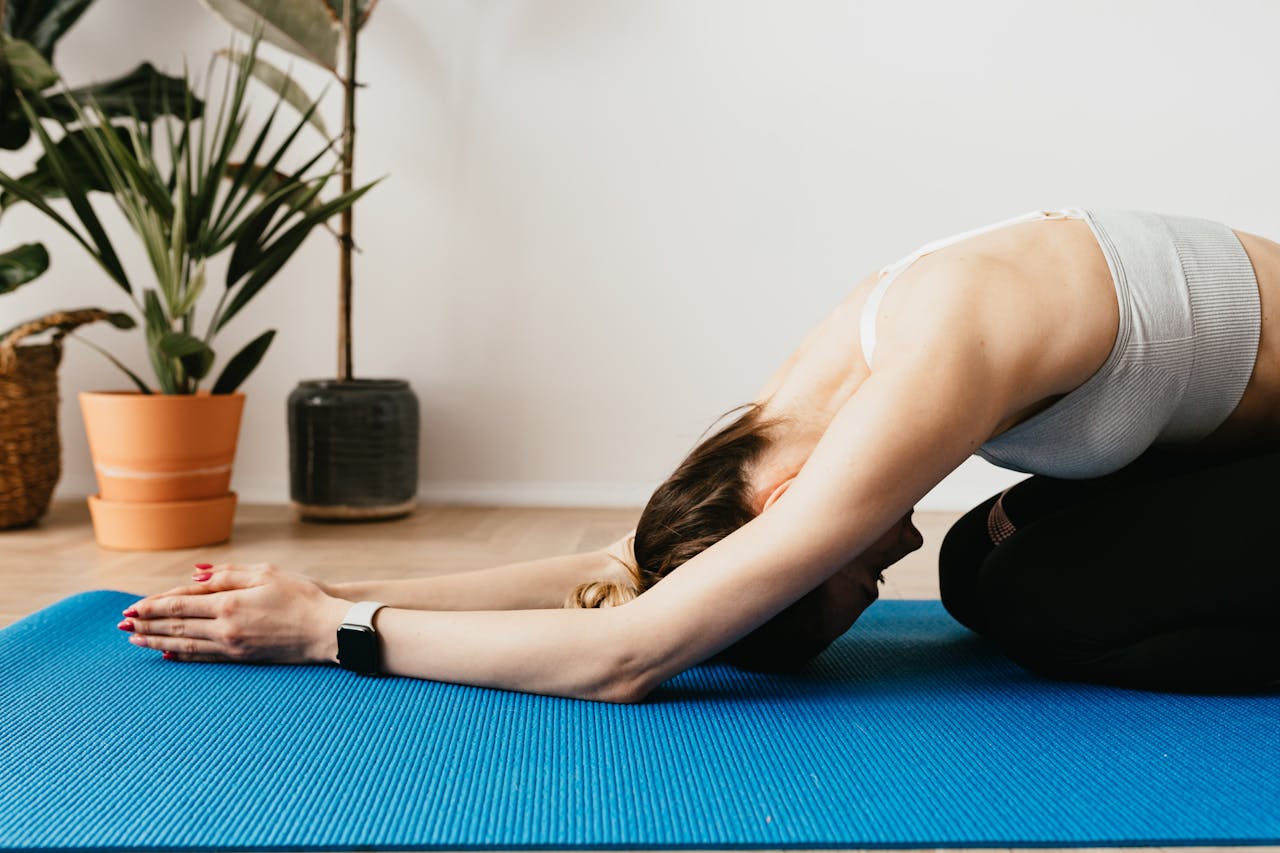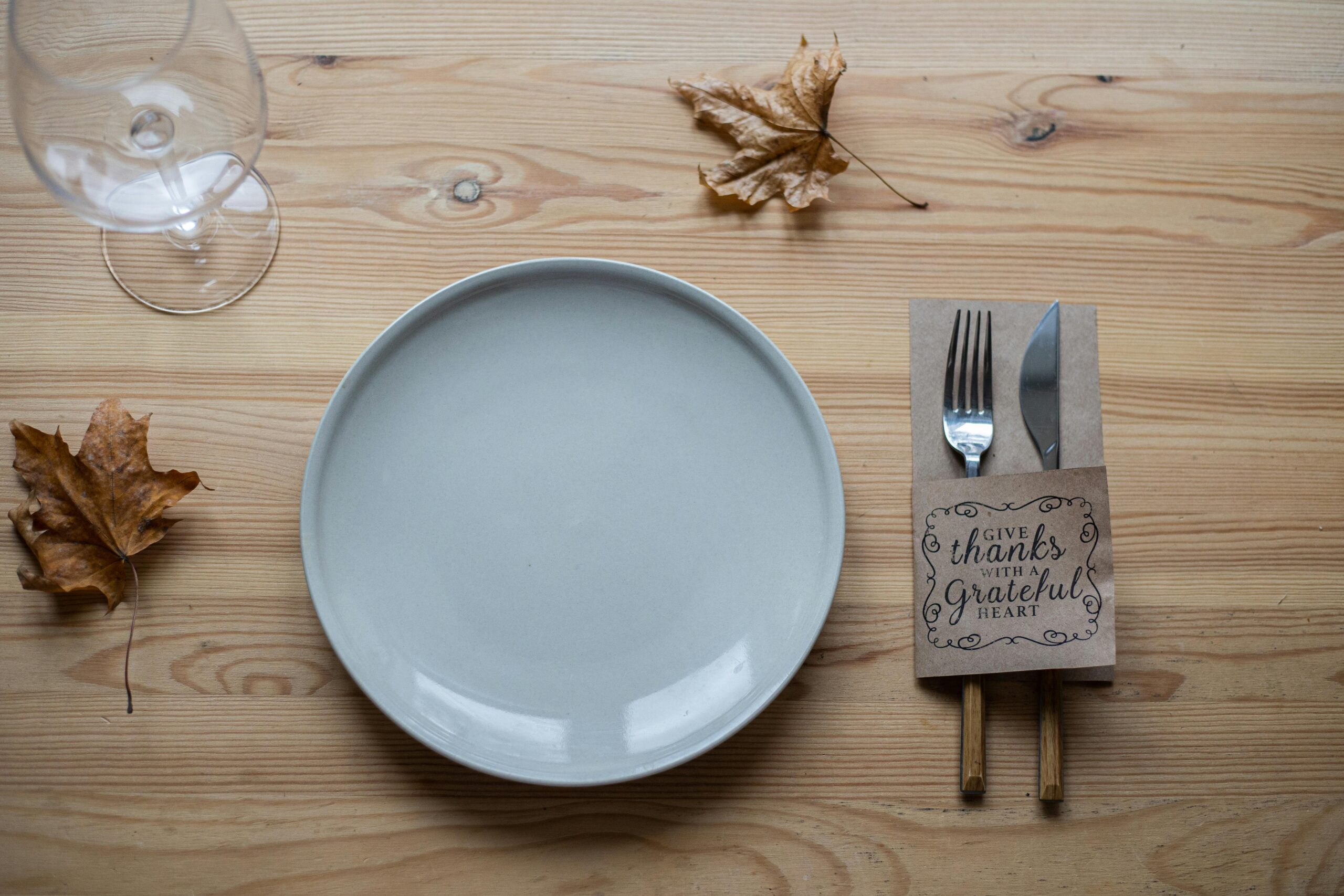What image comes to mind when you think of praying? Is it someone kneeling silently with their palms pressed together and their heads bowed? Maybe it’s someone sitting in a pew at church? Or perhaps you think of someone praying with the aid of a Rosary? Those are certainly great examples of prayer. But when we look through the Bible, we find a wealth of types and postures of prayer. This beautifully illustrates the diversity in how people can approach God through prayer. Here are some of the key postures of prayer, praise, and worship mentioned throughout scripture.
Unless noted, all scripture is from the CSB version.
Postures of Prayer
Let’s take a look at 10 postures of prayer seen throughout the Bible.
Standing
Standing in prayer signifies respect and reverence for God, acknowledging His holiness and majesty. It is also a posture of vigilance and readiness to act upon God’s will. Standing can indicate boldness and confidence in approaching God, trusting in His mercy and grace.
Mark 11:25: “And whenever you stand praying, if you have anything against anyone, forgive him, so that your Father in heaven will also forgive you your wrongdoing.”
1 Samuel 1:26-28: “Please, my lord,” she said, “as surely as you live, my lord, I am the woman who stood here beside you praying to the LORD. I prayed for this boy, and since the LORD gave me what I asked him for, I now give the boy to the LORD. For as long as he lives, he is given to the LORD.” Then he worshiped the LORD there.”
Lifting Hands
Lifting hands symbolizes surrender and submission to God, acknowledging His sovereignty and our dependence on Him. Raised hands are often associated with praise and worship, expressing adoration and exaltation of God. It can also express gratitude and thanksgiving, acknowledging God’s goodness and blessings.
1 Timothy 2:8: “Therefore, I want the men in every place to pray, lifting up holy hands without anger or argument.”
Psalm 63:4: “So I will bless you as long as I live; at your name, I will lift up my hands.”
Kneeling
Kneeling symbolizes humility, submission, supplication, and petition before God, acknowledging His sovereignty and our need for His grace. It is an expression of reverence and worship, showing deep respect and honor for God’s holiness. Kneeling often symbolizes repentance and confession, seeking forgiveness and expressing sorrow for sin.
Daniel 6:10: “When Daniel learned that the document had been signed, he went into his house. The windows in its upstairs room opened toward Jerusalem, and three times a day, he got down on his knees, prayed, and gave thanks to his God, just as he had done before.”
Luke 22:41-42: “Then he withdrew from them about a stone’s throw, knelt down, and began to pray, “Father, if you are willing, take this cup away from me—nevertheless, not my will, but yours, be done.”
Mark 1:40: “Then a man with leprosy came to him and, on his knees, begged him, ‘If you are willing, you can make me clean.’”
Ephesians 3:14: “For this reason I bow my knees before the Father”
Sitting
Sitting symbolizes comfort and rest in God’s presence, reflecting a state of being at ease and secure in His care. It can show receptiveness and attentiveness, being ready to listen and receive from God. Sitting promotes reflection and meditation, allowing time for thoughtful contemplation of God’s Word and works.
Judges 20:26: “The whole Israelite army went to Bethel where they wept and sat before the Lord. They fasted that day until evening and offered burnt offerings and fellowship offerings to the Lord.”
Daniel 6:10: “Then King David went in, sat in the Lord’s presence, and said, “Who am I, Lord God, and what is my house that you have brought me this far?’”
Lying Prostrate
Laying prostrate symbolizes total surrender and submission to God’s will, acknowledging His supreme authority and our complete dependence on Him. It is a sign of utmost humility and repentance, recognizing our unworthiness and need for God’s mercy. Laying prostrate may be used when expressing total desperation and pleading, seeking God’s intervention and help in times of extreme need.
Matthew 26:39: “Going a little farther, he fell facedown and prayed, ‘My Father, if it is possible, let this cup pass from me. Yet not as I will, but as you will.’”
Joshua 7:6: “Then Joshua tore his clothes and fell facedown to the ground before the ark of the Lord until evening, as did the elders of Israel; they all put dust on their heads.”
Ezekiel 9:8: “While they were killing, I was left alone. And I fell facedown and cried out, ‘Oh, Lord God! Are you going to destroy the entire remnant of Israel when you pour out your wrath on Jerusalem?’”
Bowing Down
Bowing down signifies humility, submission, surrender, and obedience before God. It recognizes His authority and our need for His guidance and grace. It is an expression of deep reverence and worship, honoring God’s holiness and majesty. Bowing can also symbolize repentance and contrition, expressing sorrow for sin and a desire for forgiveness.
Nehemiah 8:6: “Ezra blessed the Lord, the great God, and with their hands uplifted all the people said, “Amen, Amen!” Then they knelt low and worshiped the Lord with their faces to the ground.”
Exodus 34:8: “And Moses quickly bowed his head toward the earth and worshiped.” (ESV)
Looking Up
Looking up symbolizes hope and expectation, expressing faith that God hears and will respond to our prayers. It conveys trust and confidence in God’s sovereignty and power, affirming our belief in His ability to act. Lifting our eyes also signifies praise and adoration, directing our focus to God’s majesty and greatness.
John 17:1: “When Jesus had spoken these words, he lifted up his eyes to heaven, and said, “Father, the hour has come; glorify your Son that the Son may glorify you”
Mark 6:41: “And taking the five loaves and the two fish, he looked up to heaven and said a blessing and broke the loaves and gave them to the disciples to set before the people. And he divided the two fish among them all.”
Striking Chest
Striking the chest symbolizes repentance, humility, and contrition. It expresses sorrow and remorse for sins and the need for God’s grace. It reflects our inner sorrow and grief, expressing deep emotional pain and regret for wrongdoing.
Luke 18:13: “But the tax collector, standing far off, would not even raise his eyes to heaven but kept striking his chest and saying, ‘God, have mercy on me, a sinner!’
On Your Bed
Praying in bed symbolizes an intimate and personal connection with God, akin to a close relationship where you can speak to Him in a private and relaxed setting. It acknowledges God’s presence and peace in every aspect of life, including times of rest.
1 Kings 1:47: “The king’s servants have also gone to congratulate our lord King David, saying, ‘May your God make the name of Solomon more well known than your name, and may he make his throne greater than your throne.’ Then the king bowed in worship on his bed.”
Psalm 63:6-8: “When I think of you as I lie on my bed, I meditate on you during the night watches because you are my helper; I will rejoice in the shadow of your wings. I follow close to you; your right hand holds on to me.”
At all times (i.e. in all postures)
Praying at all times symbolizes continuous communion with God, reflecting an unbroken connection and ongoing dialogue with Him. It signifies dependence and trust in God, acknowledging His sovereignty and our reliance on His guidance and provision.
1 Thessalonians 5:16-18: “Rejoice always, pray constantly, give thanks in everything; for this is God’s will for you in Christ Jesus.”
Hebrews 13:15: “Therefore, through him let us continually offer up to God a sacrifice of praise, that is, the fruit of lips that confess his name.“
Psalm 34:1: “I will bless the Lord at all times; his praise will always be on my lips.”
What About Closing Your Eyes?
In my research, I didn’t find any verses explicitly mentioning closing your eyes during prayer. This practice is a tradition that has developed over time, likely as a way to minimize distractions and focus more intently on communicating with God. Several scriptures emphasize the importance of focusing on God and being sincere in prayer, which can be related to the practice of closing your eyes to concentrate.
Postures of Prayer and Yoga
When discussing postures of prayer and worship, there’s a natural connection to thinking about yoga poses (also called postures or asana). There is a growing variety of yoga poses, from simple seated postures to complex poses that seem more like contortionist feats rather than yoga. There are several parallels that I see between the postures mentioned in the Bible and those we commonly use in yoga practice. Here is a non-exhaustive list:
Standing: Mountain Pose, Warrior Poses, Chair Pose
Lifting Hands: Extended Mountain Pose, Chair Pose, Crescent Lunge, Exalted Warrior
Kneeling: Camel, Toe Stretch, Gate Pose, Hero Pose, Table Top, Childs Pose
Sitting: Easy Seat, Meditation Seat, Lotus Pose, Staff Pose, Butterfly
Laying Prostrate: Seated Forward Fold, Puppy Pose, Straight Jacket Pose, Crocodile
Bowing Down: Standing Forward Fold, Wide Leg Forward Fold, Half-Bound Lotus Seated Forward Fold, Cow Face
Looking Up: Exalted Warrior, Extended Mountain Pose, Standing Back Bend, Cow Pose
Striking Chest: Twisting Breath
On Your Bed: Savasna, Crocodile, Side Laying Leg Lift, Wing Pose
Incorporating prayer into our yoga practice can be a deeply meaningful experience. Whether it’s through silent extemporaneous prayer, personal breath prayers, or chanting breath prayers as a group, yoga can offer a beautiful opportunity to honor God and pray through many different postures. This integration of prayer and yoga allows us to embrace a sense of continuous prayerfulness, fulfilling the command to pray without ceasing in a unique and uplifting way.
The Takeaway
The different postures of prayer mentioned in the Bible symbolize the deep reverence, humility, and sincerity with which people approach prayer. These postures remind us that the physical position we assume during prayer is not as crucial as the genuine attitude of our hearts and minds.
The Bible teaches us that the posture or physical actions during prayer are not as important as the attitude of the heart. What truly matters is the sincerity and devotion with which we approach prayer. This means that we can find meaningful connections to God through different postures of prayer. Whatever our stance, the key is to approach prayer with a genuine and open heart, seeking a deep and meaningful connection with God through our prayer and worship.
Tonya is a 500hr RYT based in Coastal Mississippi. She loves that she gets to share the joy and healing that yoga brought to her life. In addition to teaching yoga, she flips houses with her husband. Tonya is a travel enthusiast who loves the outdoors and adventure. You'll find her at the local beach, volunteering at the animal shelter, and playing with her forever and foster dogs.





0 Comments